Blue light on teeth has become a popular method for enhancing the effectiveness of whitening gels. The light activates whitening agents such as hydrogen peroxide or carbamide peroxide, helping to break down surface stains and brighten the enamel. However, while blue light technology enhances results, understanding teeth whitening duration and blue led safety is essential—especially for oral care brands developing new whitening devices.
As an OEM manufacturer, having deep knowledge of light wavelength, exposure time, and material compatibility ensures both efficacy and consumer safety.
So, how long should you leave blue light on your teeth?
Most professional and home-use devices recommend sessions between 10 to 30 minutes, depending on the whitening formula’s concentration and LED power. Exceeding this time does not necessarily improve results—in fact, overexposure can cause tooth sensitivity or gum irritation.
For OEM partners, it’s crucial to collaborate with R&D teams that can test and calibrate optimal exposure times. This ensures your whitening device delivers visible results without compromising comfort or safety.
When developing blue light teeth whitening devices, blue led safety must be a top priority. The light used in dental whitening typically operates at wavelengths between 420–490 nm, which are considered safe for oral tissues when used correctly.
An experienced OEM manufacturer should:
By integrating these safety features into your whitening device, your brand builds trust and compliance with international health standards.
A reliable OEM manufacturer guide for blue light whitening devices includes more than just assembly—it involves scientific testing and performance optimization.
Key considerations include:
These engineering details significantly influence user satisfaction and product longevity.
For oral care brands entering or scaling in the whitening market, partnering with an OEM manufacturer experienced in blue led on teeth applications is a strategic move. A qualified partner can provide full-service solutions—covering concept design, prototype development, quality assurance, and regulatory documentation.
Choosing a manufacturer who understands teeth whitening duration and blue light safety standards ensures that your final product performs effectively and safely for consumers worldwide.
Knowing how long to leave blue light on teeth is not just a consumer question—it’s a crucial part of the design and testing process for oral care brands.
With the right OEM manufacturer guide, your brand can confidently develop safe, efficient, and market-ready blue light whitening devices that meet both aesthetic and regulatory demands.
Whether you’re launching a new whitening kit or upgrading your current lineup, partnering with an experienced blue light OEM manufacturer ensures your product stands out in performance, safety, and innovation.
Top Electric Toothbrush Manufacturer in USA Dallas

How Does a Smart Toothbrush with App Integrate into Broader Oral Care IoT Solutions?
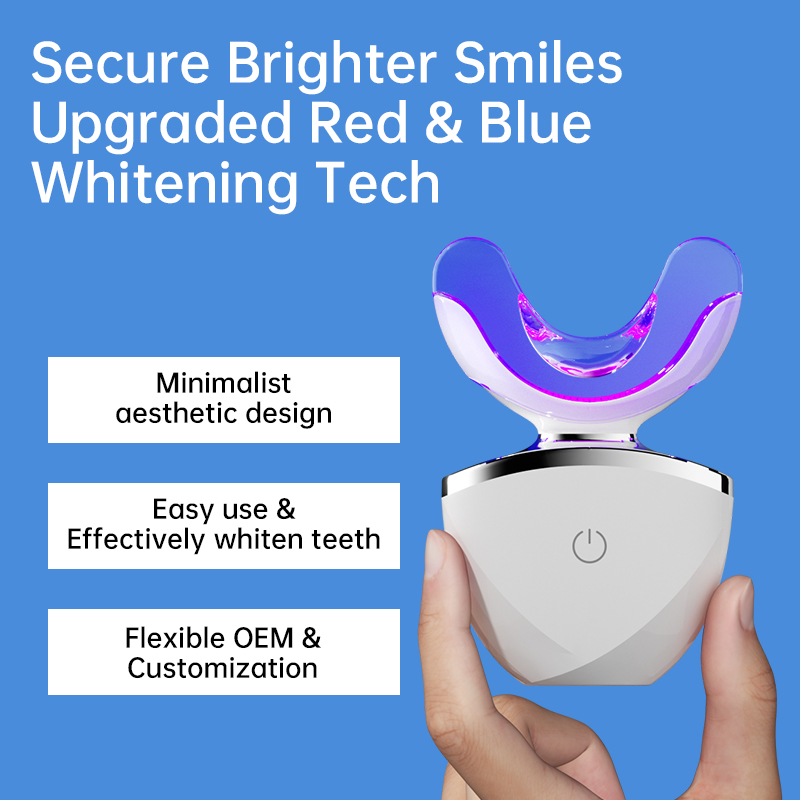
Is Red Light Therapy Popular in Europe? Market Insights for Oral Care Brands
.jpg)
sonic electric toothbrush Dallas
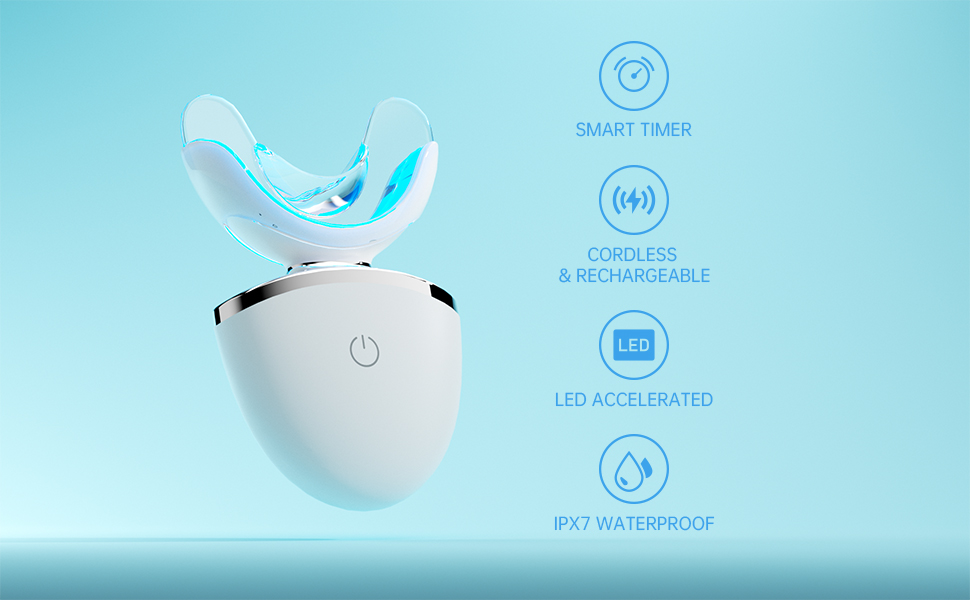
Does Red and Blue Light Therapy Work on Gums?
.jpg)
Is your Electric toothbrush truly Dentist recommended?
Luxury Smart Electric Toothbrush Dallas

Is your sonic toothbrush Dallas equipped for the ultimate Dallas oral health defense?
best toothbrush brands

Oral Care Brand Style Trends 2026 – Connecting Aesthetics with OEM Strategy
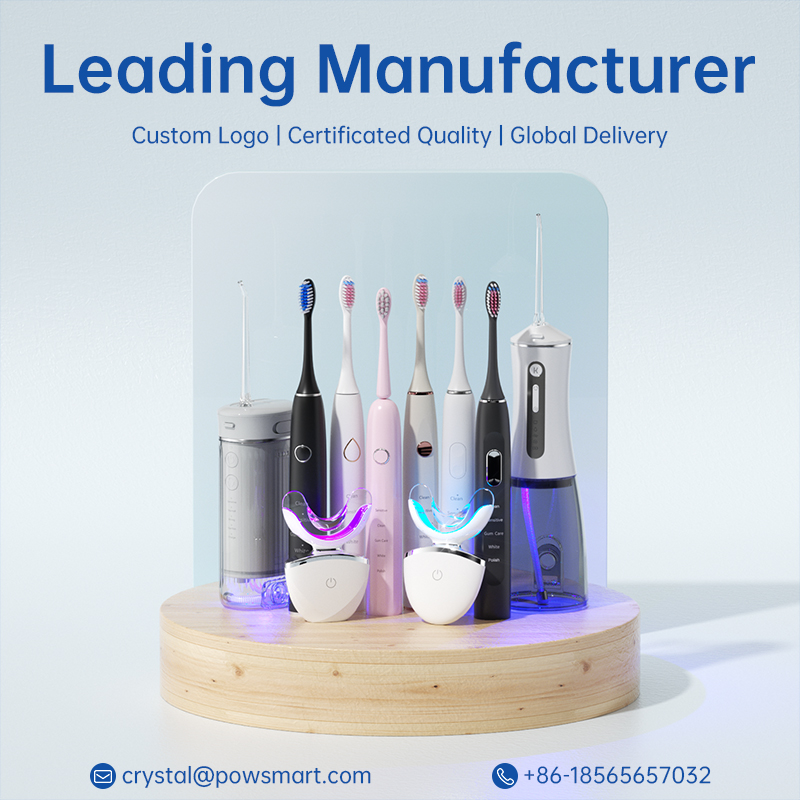
Integrating the Best Light Therapy for Mouth into Your OEM Oral Care Products
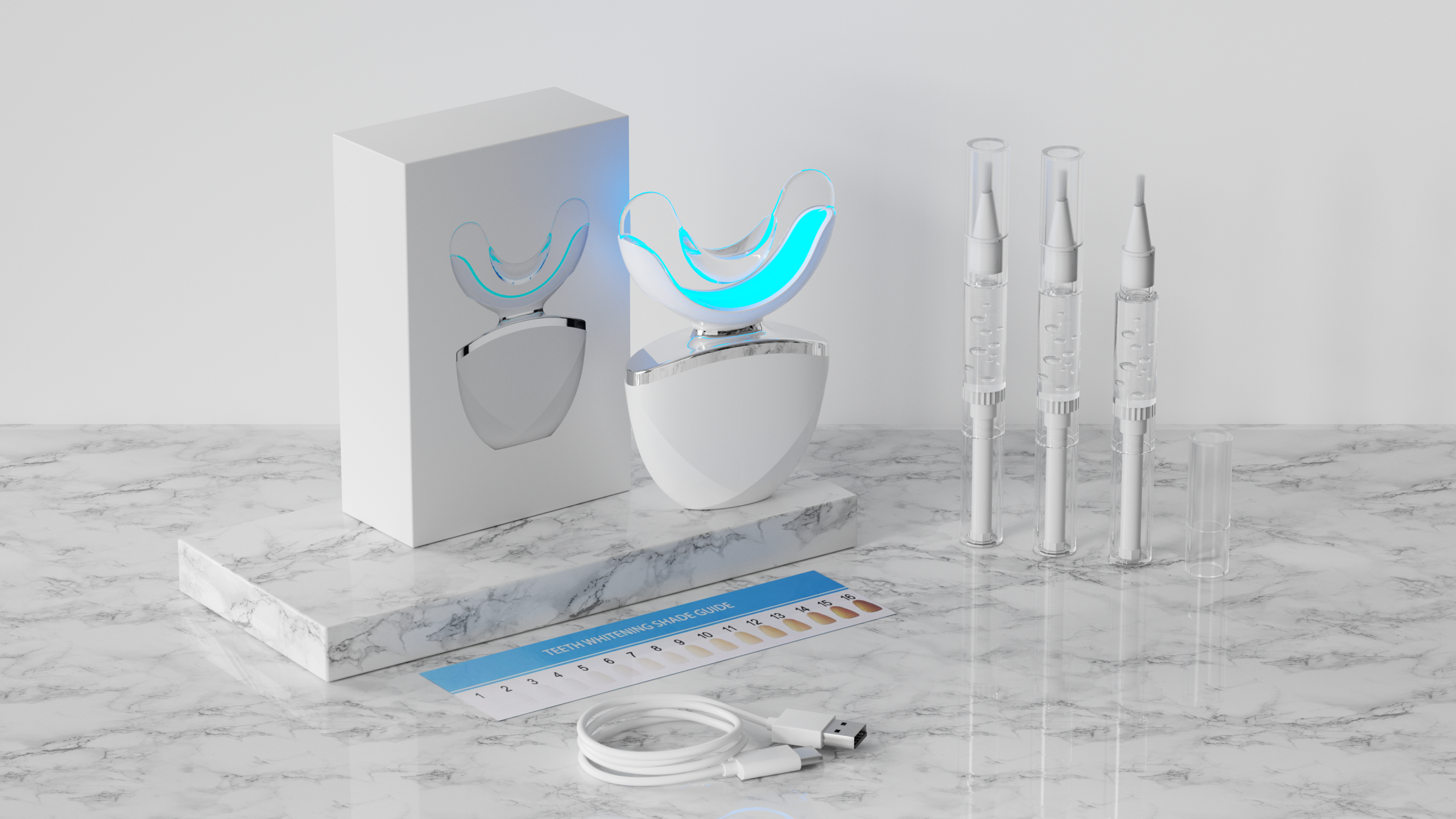
Teeth Whitening Equipment and Gel Compatibility – OEM System Integration
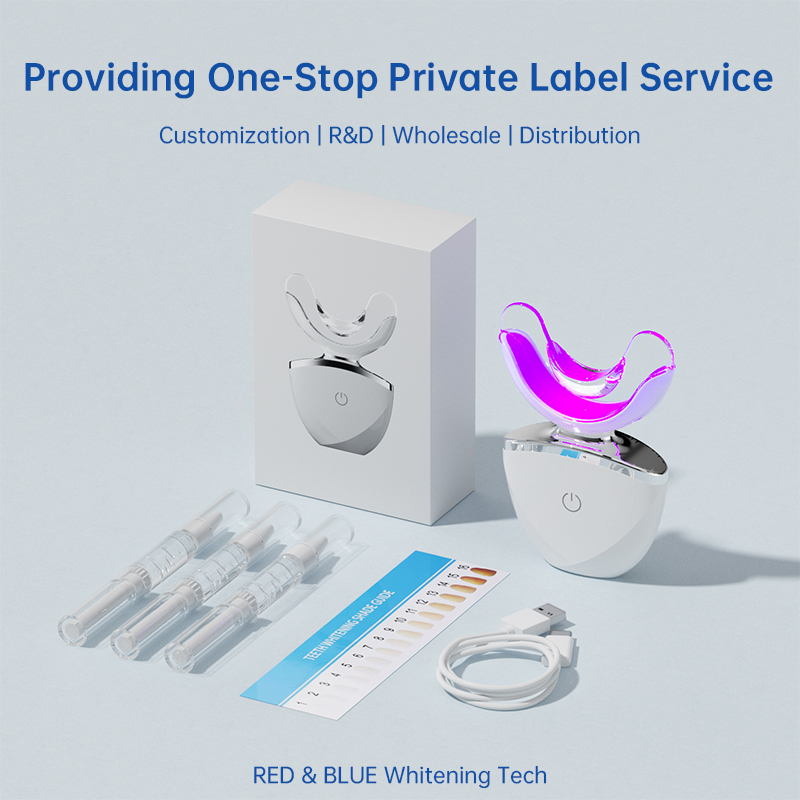
Teeth Whitening Kit OEM Manufacturing Compliance Standards
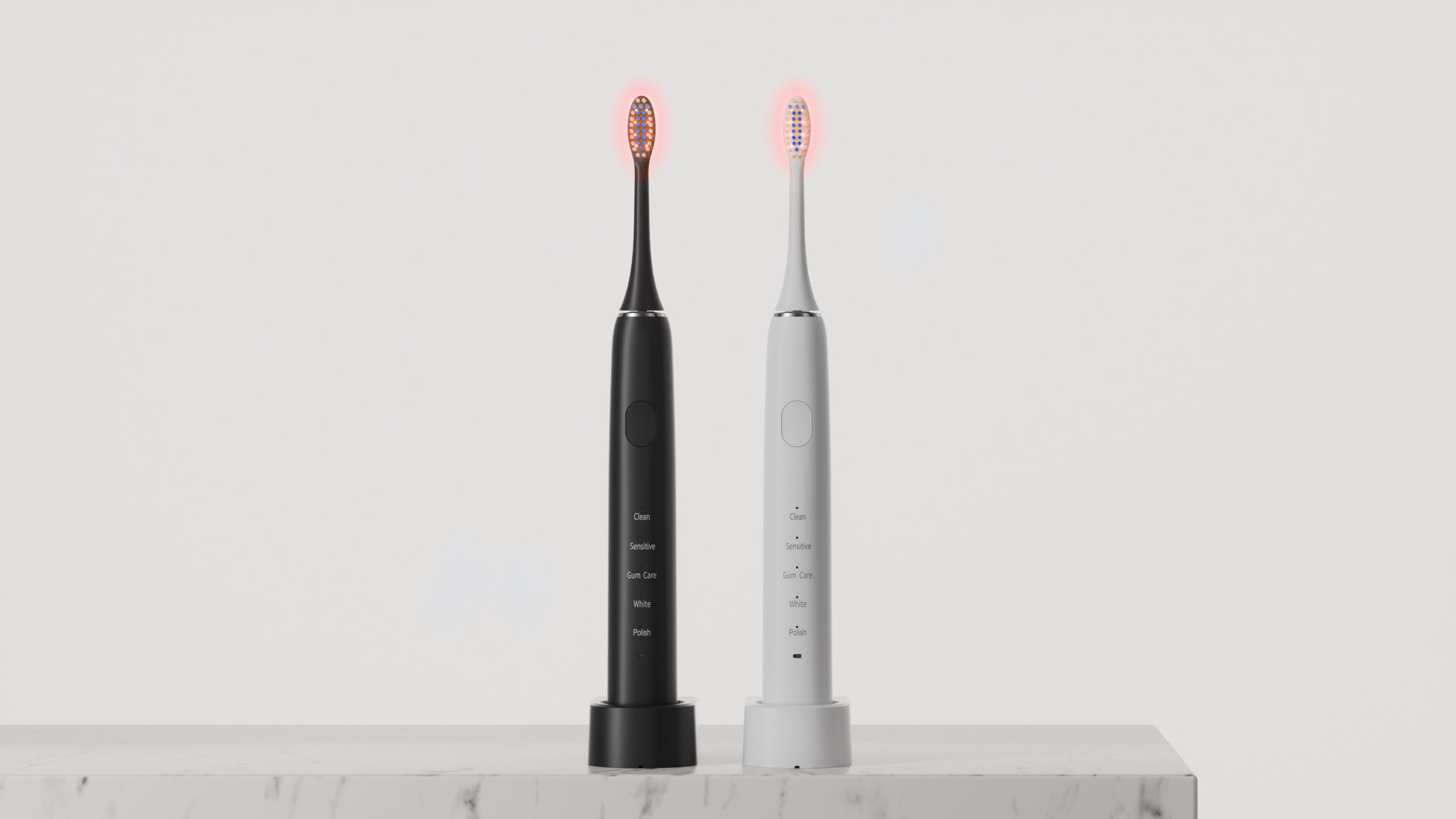
Why Choose Our Electric Toothbrush ODM as Your Premier Teeth Whitening Kit Supplier?

Dental Hygienist’s View on Water Flossers – Key Insights for OEM Product Development

Global Market Access: Understanding Teeth Whitening Regulations for OEM Brands

electric toothbrush heads Ultra Soft
.jpg)
Florida Electric Toothbrush – Powsmart PTR-C8

electric toothbrush heads Charcoal Infuse-Round

electric toothbrush heads Deep Clean

electric toothbrush heads Regular Clean

Private Label Whitening Gel

Electric toothbrush heads Charcoal Infused-Diamond

Customization Teeth Whitening Gel
whstapp
whstapp
National Toll-Free Service Hotline
+86 755 86238638